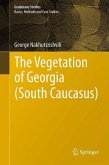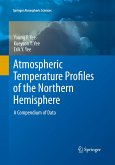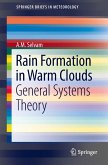Warm-temperate deciduous forests are "southern", mainly oak-dominated deciduous forests, as found over the warmer southern parts of the temperate deciduous forest regions of East Asia, Europe and eastern North America. Climatic analysis has shown that these forests extend from typical temperate climates to well into the warm-temperate zone, in areas where winters are a bit too cold for the 'zonal' evergreen broad-leaved forests normally expected in that climatic zone. This book is the first to recognize and describe these southern deciduous forests as an alternative to the evergreen forests of the warm-temperate zone. This warm-temperate zone will become more important under global warming, since it represents the contested transition between deciduous and evergreen forests and between tropical and temperate floristic elements. This book is dedicated to the memory of Tatsu Kira, the imaginative Japanese ecologist who first noticed and described this general zonation exception and who proposed the name warm-temperate deciduous forest.
"This edited volume ... is comprised of 16 diverse chapters focused on ecological patterns and vegetation processes of warm-temperate forest and woodland ecosystems from around the Northern Hemisphere. ... the book will mostly appeal to those with a related research interest; however, for those individuals, this book will be highly valuable. Summing Up: Recommended. Upper-division undergraduates and above." (D. Goldblum, Choice, Vol. 52 (12), August, 2015)








